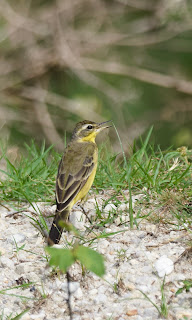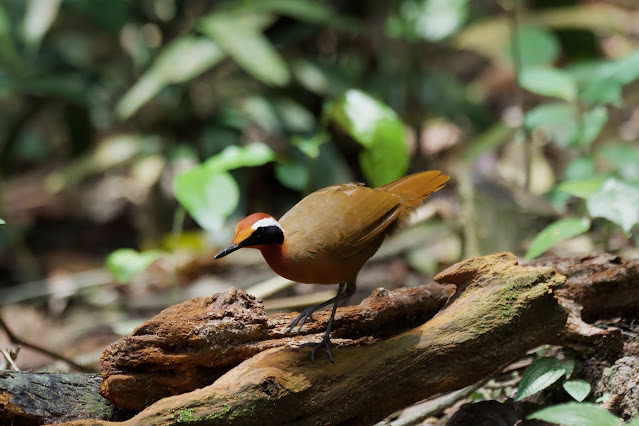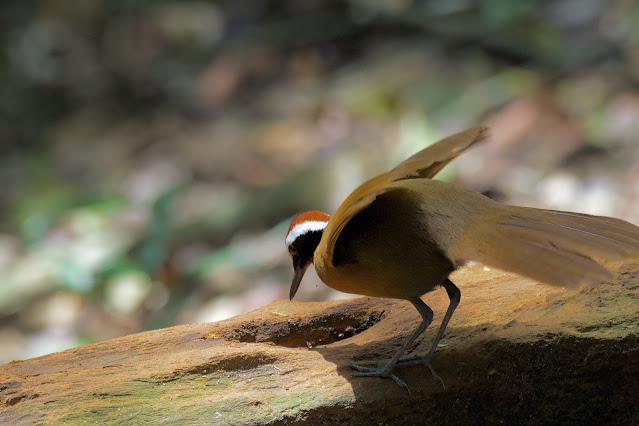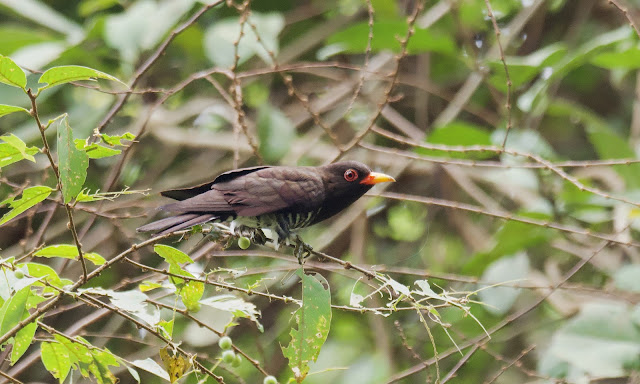Coraciiformes - Alcedinidae - Pelargopsis capensis (Pekaka Paruh Besar)
Massive kingfisher with a large scarlet bill. Head is olive-brown with dark green-blue upperparts and buff underparts. Wings and tail bluer, with rump even paler blue, obvious in flight. Juvenile has dusky edges to feathers of breast and hindneck. Vocal in breeding season, giving a loud, far-reaching “peu-peu-pow” whistle, while its regular contact call is a loud laughing “ka-ka-ka” repeated 6-10 times. Prefers large streams, rivers, and the edges of large water bodies with vegetated banks.
(eBird)
Another natural, yet, sometimes not entirely desirable.
* Three treasures - mercy, frugality, not to be foremost in all things *
- beware excessiveness -

















































